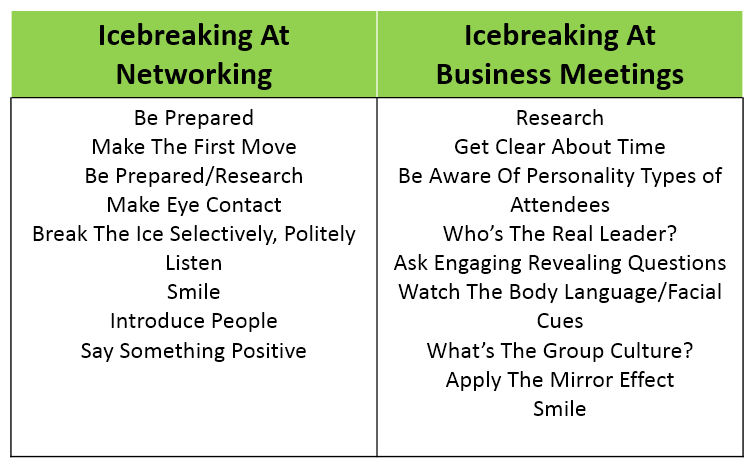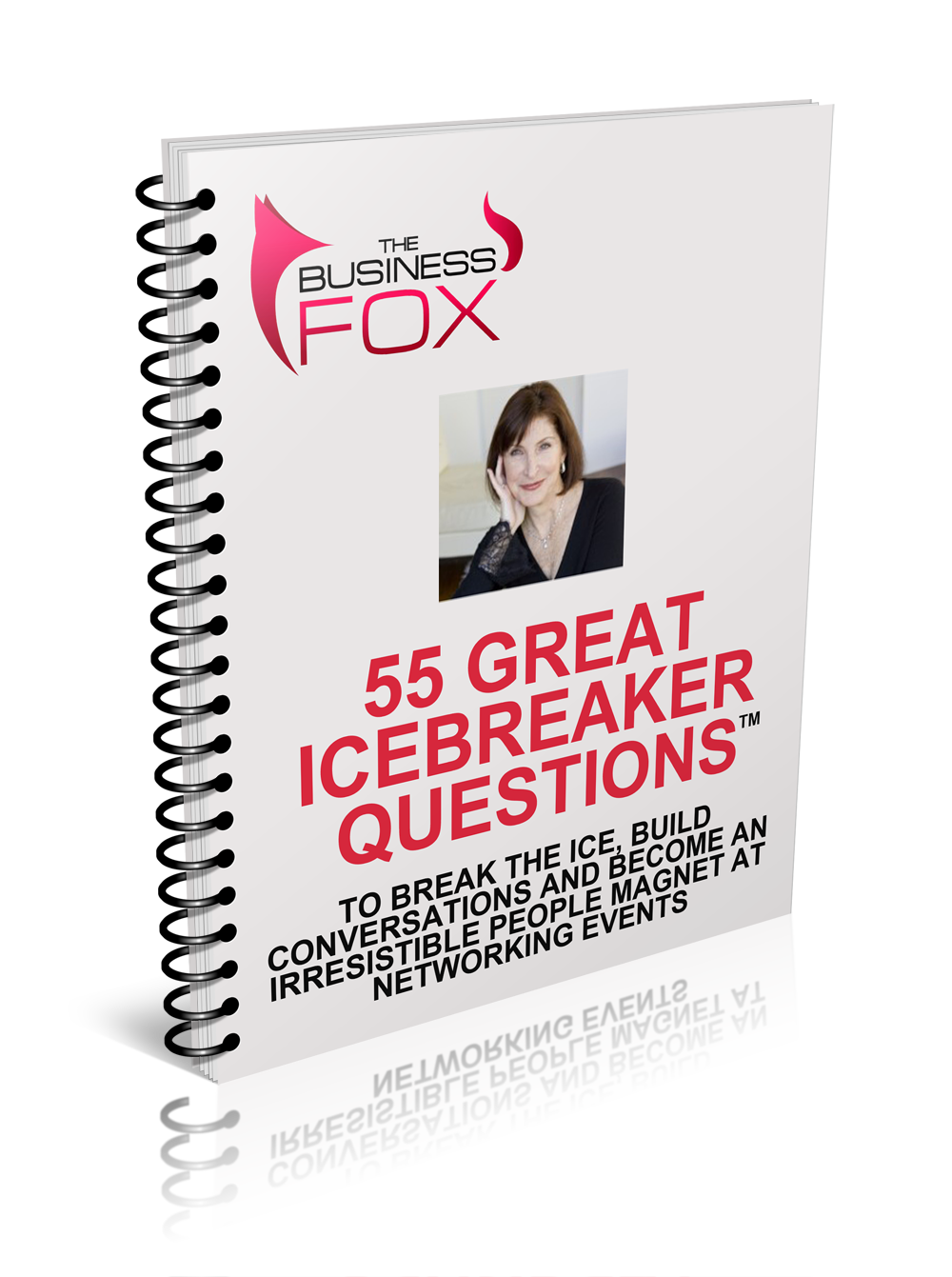.jpg)
Janet Ellen Raasch |
Following is a guest blog post by Janet Ellen Raasch, a writer, ghostwriter, copyeditor and blogger at Constant Content Blog who helps lawyers, law firms, legal consultants and legal organizations gain name recognition and new business. She can be reached at (303) 399-5041 or jeraasch@msn.com.
Your brand is what makes a client choose (or not choose) you as legal counsel rather than a competitor. Each law firm has a brand in the marketplace – whether by intention or by accident.
Your law firm can accept the brand you have and live with it -- but this can be risky in an increasingly competitive marketplace. Alternatively, you can put some thought into creating and managing a brand that works hard for you in the marketplace -- and thrive as a result. The choice is yours.
.jpg)
Gerry O'Brion |
Having a limited budget doesn’t mean that a smaller law firm cannot develop a good brand and take it to market – without breaking the bank. “There are many lessons that a law firm can learn from big businesses,” said Gerry O’Brion. “Once learned, these lessons can be applied at little or no cost.”
O’Brion is a professional speaker and founder of What Big Brands Know, a Denver-based consulting firm. He is creator of a program called The Business Blueprint: Simple steps to grow any business like a billion-dollar brand. His practical advice is based on what he learned in the big-company marketing departments of Proctor & Gamble, Coors Brewing, Quiznos and Red Robin.
Know your law firm
The first lesson law firms of any size can learn from big business is to get clear about what makes them different from their competition. The best brands differentiate themselves in a way that is important to their customers or clients.
“Recently, I went to the grocery store to pick up some barbecue sauce,” said O’Brion. “When I got there, I was faced with 42 different kinds on the shelf. This quandary is what your clients face when picking a law firm. When making their choices, what do they consider? What sets you apart from the other firms ‘on the shelf’?
“Everything has a brand, either by intention or by accident,” said O’Brion. “What is the brand of Monday? Boo -- back to work. Of Friday? Yay -- TGIF. Your law firm has a brand in the marketplace. Make it purposeful. Is your brand the all-too-common ‘all things to all people’? Or is it something that persuades clients that ‘this is the firm for me’?”
Get your partners together to decide what it is that sets you apart. Where do your talents lie? What work do you most enjoy? Which clients do you serve the best? What work is most profitable? Where does most of your work come from? Where would you like it to come from? Focus. Build your brand and marketing message around this differentiation.
O’Brion used the example of an auto repair shop that branded itself as servicing all makes and models of cars, with little success. When the shop realized that much of its work came from servicing Audis and VWs, it changed its message to specialize in these makes of car and business tripled. Customers wanted to go to a shop that specialized in solving their particular problem.
“Successful branding boils down to just one thing,” said Gerry O’Brion. “You must be different from your competition in a way that clients value. Big brands thrive by continually refining their understanding of what their customers value and by consistently delivering their messages in a way that stands out from the competition. Law firms can do the same.”
You can be an attorney. You can be an attorney representing all businesses, everywhere. You can be an attorney representing hospitality businesses in Colorado. Or you can be an attorney representing restaurant clients in Denver. If you are a Denver restaurant owner, which lawyer will you choose? The sharper you focus, the better your brand and the more-profitable your business.
Know your target market
The next lesson law firms can learn from big business is to know who your clients are and what they want. “The time you spend understanding your clients sets you up for long-term success,” said O’Brion.
The businesses that come to your house to remove vermin like bats or raccoons in the attic belong to an organization called the National Wildlife Control Operators Association. “The NWCOA wanted to provide useful marketing advice to its members,” said O’Brion. “A study of customers yielded some surprising results,” said O’Brion.
“Most pest-control companies are owned and operated by men,” said O’Brion. “Interestingly, 80 percent of the time it is a woman who calls about vermin in the house. These women are concerned about much more than just getting rid of the animal. Among other things, they are concerned about ethical treatment, the cleanliness of their houses and preventing future problems. These customer insights helped wildlife control companies better serve their customers and close more sales.”
All too often, law firms believe that their brand is what they think it is. Rather, they must understand that their brand is what clients think it is. “Your brand is the culmination of all the experiences a client has with your firm,” said O’Brion. “Do some research. Ask your clients, potential clients and referral sources what they truly value in and expect of a legal services provider.”
Often, these are qualities in addition to the basic expectation of legal expertise – things like quick return of phone calls, a pleasant receptionist or reasonable rates. Work these qualities into your message.
“Every interaction between your firm and a client must reinforce your message,” said O’Brion. “Everyone at the firm must be aligned. When answering the phone, for example, the receptionist can say, ‘We see problems like this all the time’ and ‘I am going to pass you along to the very best lawyer who deals with your specific problem.’”
If you are the Denver restaurant attorney, for example, you can join and speak to restaurant groups, decorate your office with restaurant-related art, put restaurant-related materials in your waiting room, and hold events at the venues of clients and potential clients. You can mention this specialty prominently in your electronic and print materials, along with restaurant success stories. Such efforts will help put you top-of-the-list among your target market.
A Coors Light case study
At Coors Brewing, O’Brion was brand manager for Coors Light, a $2 billion brand. He illustrated many of his points on successful branding with a Coors Light case study. Research showed that the taste of all beers in the light-beer category was more or less the same. Coors Light was ranked fourth and needed to find a way to differentiate in order to promote its brand.
Additional research showed that consumers makes their light-beer buying decisions based on eight factors – good taste, value, relaxation, low carbs/calories, socialization, refreshment, coldness and funny ads. Miller Lite had branded itself on good taste and low carbs/calories; Bud Light on socialization and funny ads; and Corona on relaxation.
Coors Light therefore focused on refreshment and—especially -- coldness. They introduced the Frost Brew Liner Can. “This is no different or more effective than any other can liner,” said O’Brion. “We simply made it blue and associated it with coldness.”
Other new and heavily-advertised Coors Light products included the cold-activated bottle, the cold-activated can, the cooler box (simply a case with a plastic liner that turned it into a cooler) and a Super Cold Draft version of Coors Light. Sales improved significantly and Coors Light passed Miller Lite and Budweiser to become No. 2 in the category, second only to Bud Light.
By following tips that work for the big guys, a law firm with a strong brand will keep and grow current clients, as well as attract desirable new clients. It will be less vulnerable to competitors. Plus, the firm can charge higher rates. Customers (and clients) are always willing to pay a bit more for a product or service that addresses their specific challenges.
 Lindsay Kolowich has written an excellent article on the Hubspot Blogs "The Science of a Great TED Talk" and five steps to make the speech go viral.
Lindsay Kolowich has written an excellent article on the Hubspot Blogs "The Science of a Great TED Talk" and five steps to make the speech go viral. As more and more people search for lawyers online, having no
As more and more people search for lawyers online, having no  Here's a practical article from
Here's a practical article from  As virtual meetings become more commonplace, legacy web conferencing software is wasting an unacceptable amount of time, according to a new study from Ovum and join.me.
As virtual meetings become more commonplace, legacy web conferencing software is wasting an unacceptable amount of time, according to a new study from Ovum and join.me.



 Join a free webinar with Nancy Fox on Tuesday (tomorrow) January 28 by registering at
Join a free webinar with Nancy Fox on Tuesday (tomorrow) January 28 by registering at .jpg)
.jpg)



